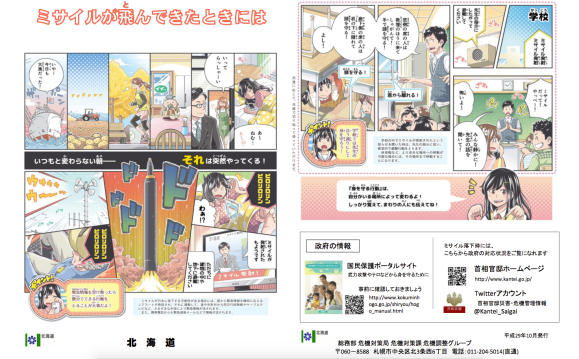
The cartoon might look cute and colourful, but the message it conveys is frightening.
On 15 September, residents in Japan’s northernmost prefecture of Hokkaido found themselves underneath the flight path of a missile launched by North Korea.
This was the second time a missile from North Korea had flown over Hokkaido this year, following the launch two weeks earlier on 29 August. Japan’s J-Alert warning system was activated on both occasions, with sirens from loudspeakers, alerts on phones and emergency broadcasts on television waking residents in the early hours of the morning.
While the warning system was sent out to residents, many of them could do little more than wait and hope that the missile would pass over them without incident. Japanese governments, however, are pressing for residents to do more to protect themselves in the event of an impending disaster.
To help educate residents about the precautions they should take when the J-Alert warning system sounds, the Hokkaido Prefectural Government recently created a colourful manga, which has been released to the public as a digital pamphlet on their official website.
The first page of the four-page comic depicts a morning like any other morning, as six different characters begin their day with a number of scenarios. There’s a tired young woman trying to sleep in, a businessman leaving for work, an elderly woman sipping tea at home, a young woman going for a morning run, a farmer working the fields, and a seaman out at sea. In an instant, though, everything changes for these characters as a missile is launched and the J-Alert system is broadcast via numerous channels.
The comic goes on to say that once the J-Alert system is issued, the actions you take in the next few minutes are important. Alongside each scenario in the comic is a female character who brings various important “points” to the reader’s attention. If you are at school, for example, you should protect yourself by getting under the desks and following the teacher’s instructions.
The actions you take depend on where you are at the moment the alert is issued. If you’re in a park, or outdoors, take shelter inside the nearest building. If there are no buildings around, take cover by kneeling down low and covering your head with your hands.
If you’re out in a field with nothing else around you, move away from vehicles and get down on all fours on the ground, covering your head with your hands.
If you’re out at sea, or outdoors at a place where you can’t take refuge, take actions to protect your body by covering your head, and find as shaded an area as possible.
If you’re indoors, it’s best not to go outside. Instead, stay away from windows and cover your head with a cushion. The panel at the bottom right corner of this strip shows a mother running to the nearby evacuation centre with her emergency bag, but according to these instructions – and the daughter who pulls at her skirt, saying “Mum, calm down!” – this is something you’re advised against doing.
If you’re in the car, find a place to stop, like the carpark of a supermarket, and get away from the vehicle. The comic tells us that cars are filled with flammable gasoline, so it’s best to get out of the car and stay away from vehicles, while taking refuge in the shade of a big building and avoiding big walls of glass.
While the content of these comics is unsettling, people in Japan have long been taught to prepare for disasters like earthquakes and typhoons, so presenting this public service information in comic form is a clever way to get everyone’s attention.
The artist who drew the comic, Manabu Yamamoto, is a Hokkaido-born illustrator who previously worked with the local prefectural government on a crime prevention pamphlet which was distributed to 1,000 elementary schools.
「北のまんが大賞」受賞者として、道庁から防犯漫画の作画依頼をいただきました!
— ヤマモトマナブ (@hungrygk) October 3, 2017
北海道の1000を超える小学校に配布される予定だそうです。教育大卒で友人に教員も多いので、良い生存報告になればとも思っています。笑
みんなも守ろういかのおすし! pic.twitter.com/4hh2fzn19J
Yamamoto also shared his J-Alert comic on Twitter with his followers, receiving a strong response from people online, who retweeted it 35,000 times.
先の防犯漫画に続き、道庁から「ミサイルが飛んできた時の行動」についての漫画依頼をいただきました!
— ヤマモトマナブ (@hungrygk) October 13, 2017
Jアラートに関して「たった数分では何も出来ない」とよく聞きますが、その限られた時間で生存確率を高めることが大事、ということですね!https://t.co/I5Jlc8P1zy pic.twitter.com/OU1wgezPyr
One thing to note, though, is this response from a fellow Twitter user, who says that people should not lie with their stomachs flat on the ground when outside in these types of situations, as the shock from a blast can rupture organs. This is exactly what happened to someone their mother knew during Word War II.
大事なことなので皆さんに知っておいて欲しいんですが、伏せるとき腹ばいになってはダメです。爆発の衝撃が地面から伝わって内臓破裂を起こします。第二次大戦時、実際に母の知人がこれで亡くなってます。必ず手足で支えるように!
— たすけ (@EwsDjdOyakk7VMD) October 14, 2017
To find out more about how to protect yourself when the J-Alert is issued, head to the Hokkaido Prefectural government website, where you can print off a copy of the comic, which can be downloaded as a PDF. The local government is encouraging everyone to share the manga strips with family and friends, to help spread the word and increase public awareness in the case of another event.
Source: Hokkaido Prefectural Government via Net Lab
Images: Hokkaido Prefectural Government

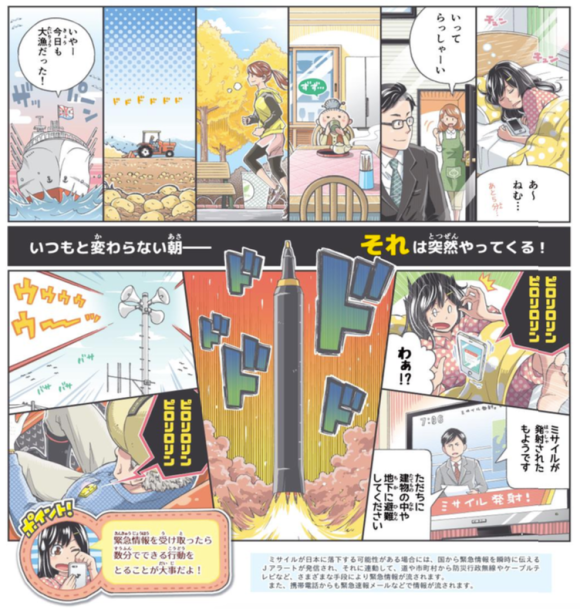

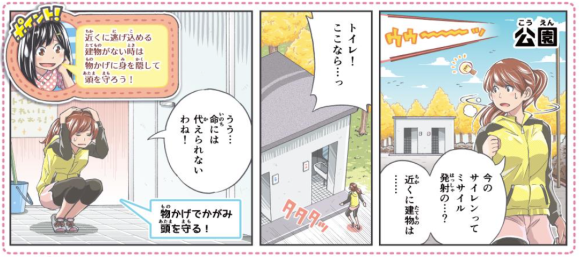
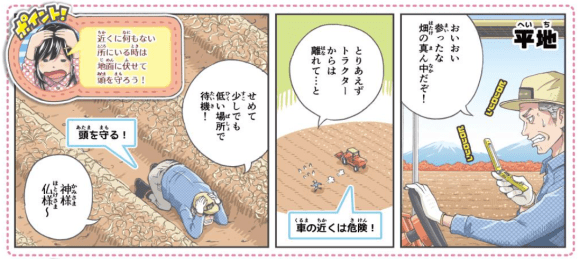

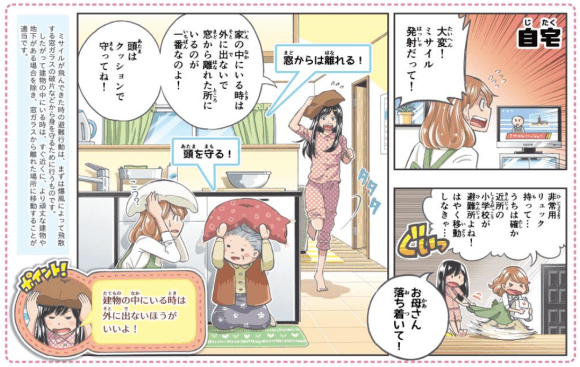
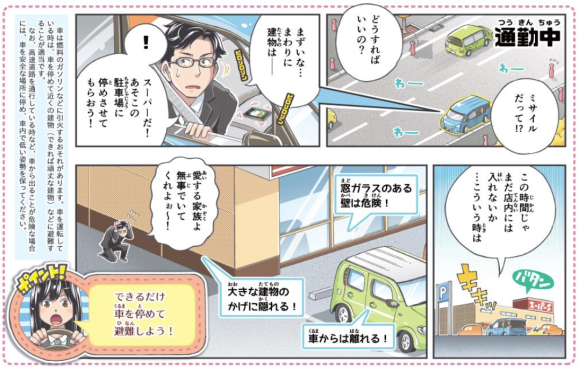
 North Korea launches missiles over Japan, activating J-Alert warning system
North Korea launches missiles over Japan, activating J-Alert warning system North Korea fires new missile over Japan, residents woken by government warning systems
North Korea fires new missile over Japan, residents woken by government warning systems North Korea-U.S. tensions spark interest in Japanese government’s J-Alert warning system
North Korea-U.S. tensions spark interest in Japanese government’s J-Alert warning system Hackers to Gundam: 5 rumors about failed North Korean missile launch surface on Japanese Internet
Hackers to Gundam: 5 rumors about failed North Korean missile launch surface on Japanese Internet North Korea has developed nuclear-capable missiles capable of hitting the US
North Korea has developed nuclear-capable missiles capable of hitting the US McDonald’s new Happy Meals offer up cute and practical Sanrio lifestyle goods
McDonald’s new Happy Meals offer up cute and practical Sanrio lifestyle goods All-you-can-drink Starbucks and amazing views part of Tokyo’s new 170 meter-high sky lounge
All-you-can-drink Starbucks and amazing views part of Tokyo’s new 170 meter-high sky lounge Starbucks reopens at Shibuya Scramble Crossing with new look and design concept
Starbucks reopens at Shibuya Scramble Crossing with new look and design concept Beautiful Sailor Moon manhole cover coasters being given out for free by Tokyo tourist center
Beautiful Sailor Moon manhole cover coasters being given out for free by Tokyo tourist center More foreign tourists than ever before in history visited Japan last month
More foreign tourists than ever before in history visited Japan last month Hamster abandoned at Tokyo ramen restaurant gets new home
Hamster abandoned at Tokyo ramen restaurant gets new home The oldest tunnel in Japan is believed to be haunted, and strange things happen when we go there
The oldest tunnel in Japan is believed to be haunted, and strange things happen when we go there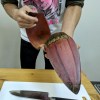 Mr. Sato eats banana flower, still isn’t sure what it tastes like, loves it anyway【SoraKitchen】
Mr. Sato eats banana flower, still isn’t sure what it tastes like, loves it anyway【SoraKitchen】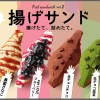 Fried sandwiches arrive in Tokyo, become hot topic on social media
Fried sandwiches arrive in Tokyo, become hot topic on social media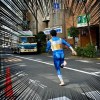 We order an amazing Vegeta battle armor suit and dash down the street to celebrate Saiyan Day
We order an amazing Vegeta battle armor suit and dash down the street to celebrate Saiyan Day Disney princesses get official manga makeovers for Manga Princess Cafe opening in Tokyo
Disney princesses get official manga makeovers for Manga Princess Cafe opening in Tokyo We try out “Chan Ramen”, an underground type of ramen popular in the ramen community
We try out “Chan Ramen”, an underground type of ramen popular in the ramen community Beautiful new Final Fantasy T-shirt collection on the way from Uniqlo【Photos】
Beautiful new Final Fantasy T-shirt collection on the way from Uniqlo【Photos】 Foreign English teachers in Japan pick their favorite Japanese-language phrases【Survey】
Foreign English teachers in Japan pick their favorite Japanese-language phrases【Survey】 Is the new Shinkansen Train Desk ticket worth it?
Is the new Shinkansen Train Desk ticket worth it? There’s a park inside Japan where you can also see Japan inside the park
There’s a park inside Japan where you can also see Japan inside the park Japanese convenience store packs a whole bento into an onigiri rice ball
Japanese convenience store packs a whole bento into an onigiri rice ball Studio Ghibli releases Kiki’s Delivery Service chocolate cake pouches in Japan
Studio Ghibli releases Kiki’s Delivery Service chocolate cake pouches in Japan Japan’s bone-breaking and record-breaking roller coaster is permanently shutting down
Japan’s bone-breaking and record-breaking roller coaster is permanently shutting down New definition of “Japanese whiskey” goes into effect to prevent fakes from fooling overseas buyers
New definition of “Japanese whiskey” goes into effect to prevent fakes from fooling overseas buyers Foreign passenger shoves conductor on one of the last full runs for Japan’s Thunderbird train
Foreign passenger shoves conductor on one of the last full runs for Japan’s Thunderbird train Our Japanese reporter visits Costco in the U.S., finds super American and very Japanese things
Our Japanese reporter visits Costco in the U.S., finds super American and very Japanese things Kyoto bans tourists from geisha alleys in Gion, with fines for those who don’t follow rules
Kyoto bans tourists from geisha alleys in Gion, with fines for those who don’t follow rules Studio Ghibli unveils Mother’s Day gift set that captures the love in My Neighbour Totoro
Studio Ghibli unveils Mother’s Day gift set that captures the love in My Neighbour Totoro Domino’s Japan now sells…pizza ears?
Domino’s Japan now sells…pizza ears? New Japanese KitKat flavour stars Sanrio characters, including Hello Kitty
New Japanese KitKat flavour stars Sanrio characters, including Hello Kitty Sales of Japan’s most convenient train ticket/shopping payment cards suspended indefinitely
Sales of Japan’s most convenient train ticket/shopping payment cards suspended indefinitely Sold-out Studio Ghibli desktop humidifiers are back so Totoro can help you through the dry season
Sold-out Studio Ghibli desktop humidifiers are back so Totoro can help you through the dry season Japanese government to make first change to romanization spelling rules since the 1950s
Japanese government to make first change to romanization spelling rules since the 1950s Ghibli founders Toshio Suzuki and Hayao Miyazaki contribute to Japanese whisky Totoro label design
Ghibli founders Toshio Suzuki and Hayao Miyazaki contribute to Japanese whisky Totoro label design Doraemon found buried at sea as scene from 1993 anime becomes real life【Photos】
Doraemon found buried at sea as scene from 1993 anime becomes real life【Photos】 Tokyo’s most famous Starbucks is closed
Tokyo’s most famous Starbucks is closed One Piece characters’ nationalities revealed, but fans have mixed opinions
One Piece characters’ nationalities revealed, but fans have mixed opinions We asked a Uniqlo employee what four things we should buy and their suggestions didn’t disappoint
We asked a Uniqlo employee what four things we should buy and their suggestions didn’t disappoint Princesses, fruits, and blacksmiths: Study reveals the 30 most unusual family names in Japan
Princesses, fruits, and blacksmiths: Study reveals the 30 most unusual family names in Japan Studio Ghibli’s new desktop Howl’s Moving Castle will take your stationery on an adventure
Studio Ghibli’s new desktop Howl’s Moving Castle will take your stationery on an adventure Close call – Passenger plane passed through North Korean missile trajectory just 6 minutes later
Close call – Passenger plane passed through North Korean missile trajectory just 6 minutes later The latest spat between the two Koreas took a really bizarre turn
The latest spat between the two Koreas took a really bizarre turn Japan’s kanji character of the year for 2017 is “north”
Japan’s kanji character of the year for 2017 is “north” Typhoon alert goes off on train commuters’ phones, tourists mistake it for Godzilla attack
Typhoon alert goes off on train commuters’ phones, tourists mistake it for Godzilla attack North Korea launches missiles into Japan Sea because it’s just that time again
North Korea launches missiles into Japan Sea because it’s just that time again “No dogs allowed”: Why one service dog was refused entrance to these restaurants in Japan
“No dogs allowed”: Why one service dog was refused entrance to these restaurants in Japan Is North Korea really forcing its young men to get Kim Jong-un’s haircut? Probably not…
Is North Korea really forcing its young men to get Kim Jong-un’s haircut? Probably not… Kim Jong-un’s “little red book” of quotes is the worst joke book you can buy for 500 yen
Kim Jong-un’s “little red book” of quotes is the worst joke book you can buy for 500 yen Strong earthquake hits Hokkaido in Japan, dozens missing and injured
Strong earthquake hits Hokkaido in Japan, dozens missing and injured Here’s the military exercise that has North Korea freaking out
Here’s the military exercise that has North Korea freaking out Awareness campaign warns foreigners in Japan of “Divorce without Consent”
Awareness campaign warns foreigners in Japan of “Divorce without Consent” The power of fast food: Supreme Leader Kim Jong-un wants McDonald’s to invest in North Korea
The power of fast food: Supreme Leader Kim Jong-un wants McDonald’s to invest in North Korea Japanese teams use orange flags as a tsunami alert signal for swimmers and surfers
Japanese teams use orange flags as a tsunami alert signal for swimmers and surfers 8 ways Kim Jong-Un has blindsided the US
8 ways Kim Jong-Un has blindsided the US City of Sapporo to subsidize the price of city water to help offset rising consumer costs
City of Sapporo to subsidize the price of city water to help offset rising consumer costs Elderly woman’s suicide highlights mounting problems for Japan’s seniors
Elderly woman’s suicide highlights mounting problems for Japan’s seniors
Leave a Reply